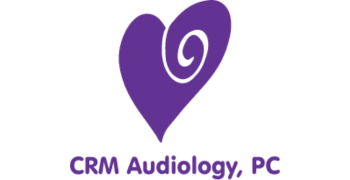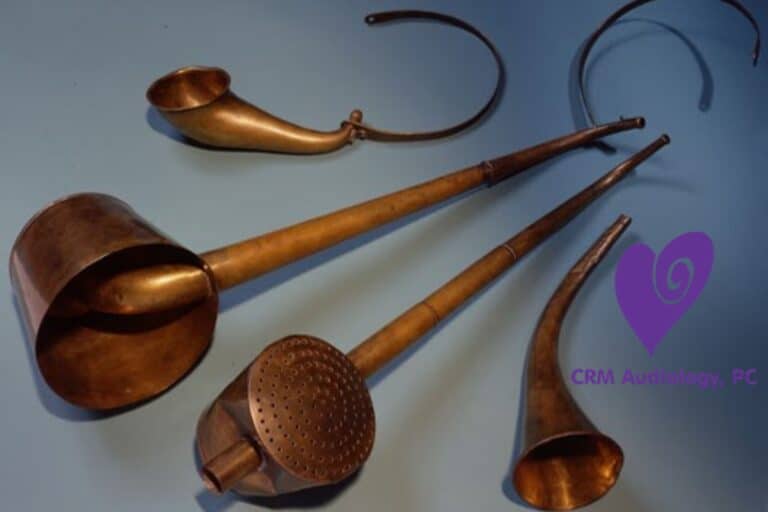Throughout history, the quest to hear clearly has driven incredible innovation. For those with hearing difficulties, hearing aids are not just devices but lifelines to the world, enhancing quality of life and ensuring full participation in our auditory-rich environments. This blog explores the fascinating transformation of hearing aids, from rudimentary ear trumpets to today’s advanced digital technology.
The Dawn of Hearing Aids: Ear Trumpets
Description and Origin
The earliest known hearing aids were ear trumpets – primitive yet groundbreaking devices designed to collect sound and funnel it into the ear. Emerging in the 17th century, these simple tools were often made of animal horns or metal, reflecting the ingenuity of inventors dedicated to enhancing auditory experiences. Notable figures, such as Beethoven, utilized ear trumpets to combat hearing loss, emphasizing their importance even in historical narratives.
Design and Functionality
Visually distinct with their wide opening and slender tube, ear trumpets worked by capturing sound waves and directing them toward the ear canal. While their mechanics were basic, relying purely on acoustic principles, they undeniably paved the way for future innovations, offering users a rudimentary means of amplifying sounds.
Transition to Mechanical Hearing Aids
Technological Advancements
As science advanced, so did the complexity of hearing aids. The late 19th century saw the birth of mechanical hearing aids, with carbon hearing aids leading the charge. These devices improved upon ear trumpets by using a carbon transmitter and receiver to enhance sound amplification, marking the first significant leap toward modern hearing devices.
Societal Impact
Mechanical hearing aids began to shift societal perspectives, challenging the stigma of hearing impairment by making such conditions more visible and the management more achievable. Increased accessibility meant that more individuals could benefit from auditory assistance, fostering a culture of inclusivity.
The Analog Era
Introduction of Analog Technology
The mid-20th century heralded the analog era, characterized by the advent of vacuum tubes and later, transistors. These innovations introduced wearable hearing aids that were more effective and adaptable than ever before. Unlike their mechanical predecessors, analog aids could amplify all sounds in the environment, offering users a richer auditory experience.
Limitations and Challenges
Despite their success, analog hearing aids were not without challenges. Their broad amplification could result in background noise issues, and the lack of customization options meant that users couldn’t tailor their listening experiences to their needs.
The Digital Revolution
How Digital Technology Transformed Hearing Aids
Digital technology transformed hearing aids in the late 20th century, enhancing sound quality and user experience with unprecedented precision. Featuring capabilities such as noise reduction, feedback cancellation, and multi-channel processing, digital hearing aids offered users customizable sound environments, dramatically improving listening clarity and comfort.
Connectivity and Smart Features
Integration with Bluetooth and smartphones revolutionized hearing aids by allowing users remote control and adjustment capabilities. Now, app-based interfaces and smart features provide seamless auditory support, embodying the extraordinary progress from early ear trumpets.
From the simplicity of ear trumpets to the sophistication of digital devices, the evolution of hearing aids is a testament to human ingenuity. These advancements have not only enhanced hearing abilities but also significantly improved the quality of life for millions around the globe. If you or a loved one experiences hearing loss, consider consulting an audiologist to explore the life-changing benefits of modern hearing aids. Book your appointment today at CRM Audiology and take the first step towards hearing better.



